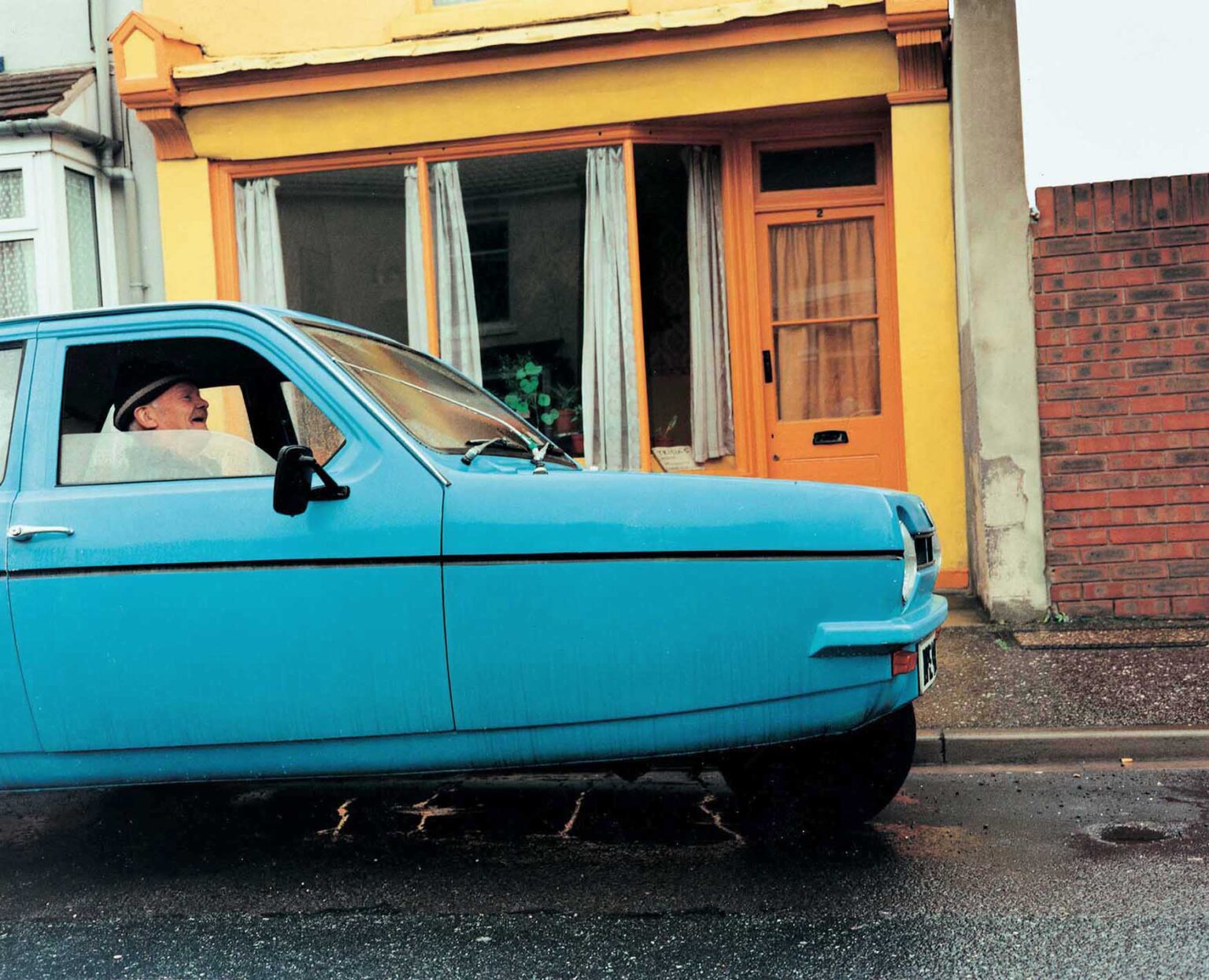If you took a satellite image from above your place of birth 50 years ago and took another one today, then for most of us we’d be surprised at the dramatic change in expansion and density amongst where humans inhabit. The inevitable growth of population and capitalism only means one thing; gentrification settling into our towns and cities that causes dispersion amongst communities.
In today’s cities we face scarcity of affordable housing, while office buildings sit empty. For the people who chose to settle in the cities, they are no longer welcome due to being priced out of everything from renting to amenities. Old infrastructure dissipates and new glass towers are lazily erected to produce luxury for the few. In some cities cross-pollination is existent and the combination of old and new infrastructure works well to preserve the social fabric of the area, however this is often not the case. When a large part of a community is replaced by different people, the social infrastructure is disrupted.

Sem Langendijk’s new book, Haven is a story about gentrification from the perspective of a young boy, coming of age in a city space that evolved simultaneously. Langendijk explains how he was raised in the periphery of Amsterdam, a city that has changed drastically over the 30 years that he’s been alive. Witnessing the changes and effects gentrification had on communities, he started asking questions about who resides in the place he called home.
In Haven, Langendijk touches back on his former project, Docklands, where the second chapter is a more informative section on a short history of harbour areas after the 1980s, with additional perspectives from sociologists who studied cities at length.
Haven is available to pre-order here.
All photography courtesy of Sem Langendijk.










